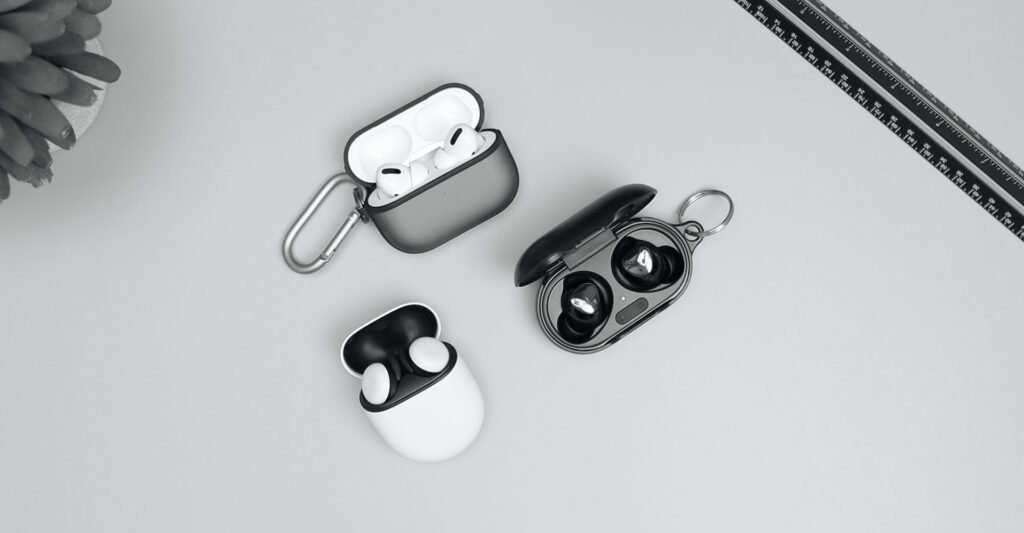
Earbuds have gained huge popularity and became a mainstream product ever since the launch of AirPods earbuds in 2016. Now almost every major headphone brand has released its own earbuds and the more premium ones offer features such as a microphone, transparency mode and ANC (active noise cancelation).
In this list, you’ll find all popular earbuds with a built-in microphone, most of which have a transparency mode feature. Different brands will call the transparency mode different: Jabra, Lypertek and Ocely call it HearThrough; In JBL, Panasonic, LG, Samsung and Sony it’s called Ambient mode or Ambient aware; Apple earbuds name it Adaptive transparency; JLab, Raycon calls it Be Aware and Awareness mode; Mifo, Beats, Klipsch, Google and BO name it Transparent/Transparency mode.
Despite the different names, it’s the same feature that allows you to stay aware and hear what’s happening around you while listening to music or podcasts through earbuds.
Note: The prices are as of October 2022 and change rapidly. By the time you read the article, it’s probably adjusted. But it’ll give a general idea about the pricing of particular models.
Transparency mode is useful when you have to be aware of your surroundings, for example, while exercising outdoors where bikes or cars might cross your path, waiting for flight announcements, or in the office as it’ll make you more approachable to your colleagues. You can even do regular tasks that involve human interaction such as ordering food, shopping or asking for directions while listening to music.
Transparency mode works with the help of a built-in microphone within the earbuds. It picks up the sound around you and lets you be aware of the surroundings without taking out the earbuds or worrying about sound leakage.
Some manufacturers have included the transparency mode feature after releasing their products. For example, Jabra Elite 75t earbuds included transparency mode through the firmware update after its release. Therefore, it’s possible that some of the earbud models might get an upgrade and introduce the transparency mode later through similar firmware updates as long as they have a built-in microphone.
If you’re interested in audio editing and production and wanna get a pair of headphones, I highly recommend reading How to Choose Headphones for Audio Editing? article.
